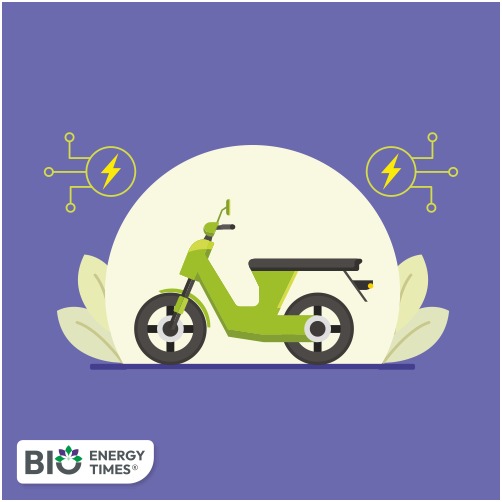India’s domestic two-wheeler (2W) market is heading toward a period of structural stagnation, even as electric two-wheelers (E-2Ws) experience significant growth, according to a research report by Emkay Global Financial Services.
The brokerage forecasts that after a short-term, policy-driven surge in demand, the traditional internal combustion engine (ICE) two-wheeler segment will enter a phase of subdued growth. “We expect the domestic 2W industry to stagnate at a 3% compound annual growth rate (CAGR) from FY26E to FY35E, coinciding with a long-term shift in consumer preference toward E-2Ws. Volumes in the electric segment are expected to increase by 13-15 times from FY25 to FY35E,” the report stated.
Following a demand boost driven by a temporary reduction in the Goods and Services Tax (GST), the sector is predicted to lose momentum as policy adjustments and market saturation take hold. The report suggests that growth in the domestic 2W market will likely plateau, with limited potential for further volume expansion beyond FY26.
The report added, “After the short-term GST cut-driven demand surge, we foresee the domestic 2W industry stagnating at a 3% CAGR between FY26-35E.”
India’s 2W market is now considered mature, with urban and semi-urban markets nearing saturation levels. Demand from rural areas remains inconsistent, while affordability challenges continue to impact entry-level 2W sales.
The report indicates that the next phase of growth will come from electric two-wheelers. “E-2Ws are set for explosive growth over the next decade. We expect E-2Ws to grow 13-15 times in the next 10 years, while ICE-2W volumes could nearly halve during the same period,” it noted. This reflects a fundamental shift in consumer preferences toward greener and more cost-efficient mobility solutions.
Emkay attributes the rapid growth of electric two-wheelers to several factors, including falling battery prices, policy incentives like FAME-II subsidies, the expansion of charging infrastructure, and increasing consumer confidence in EV technology.
While the transition to electric two-wheelers will take time, the report expects adoption to accelerate as Original Equipment Manufacturers (OEMs) broaden their product offerings and as the economics of operating electric vehicles become more attractive.
This shift is anticipated to have significant repercussions across the auto and auto ancillary sectors, pushing manufacturers and suppliers to reorient their strategies toward EV-centric portfolios.
In conclusion, the report provides a mixed outlook for India’s two-wheeler market: while traditional ICE models are likely to see stagnation, the electric vehicle segment is poised for exponential growth. The coming decade is expected to bring one of the most significant transformations in India’s 2W industry.
















